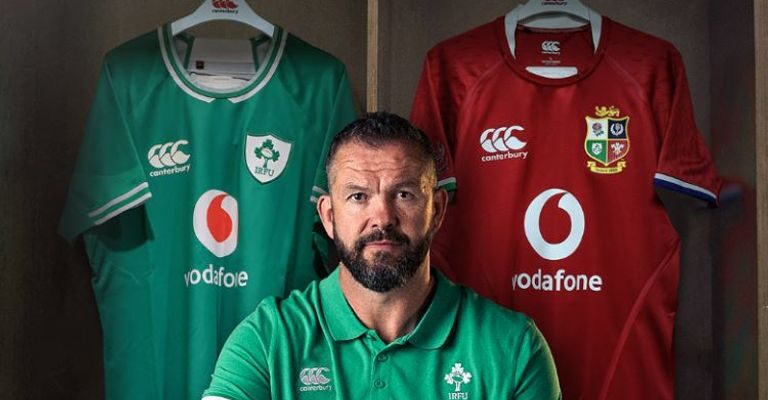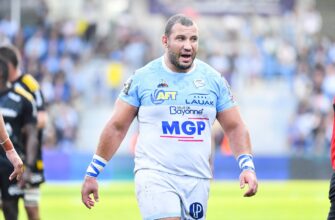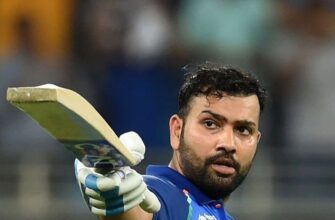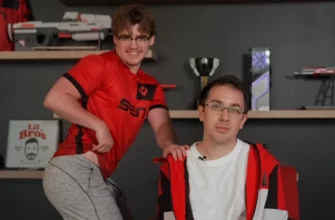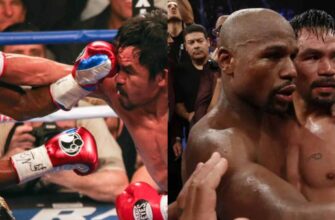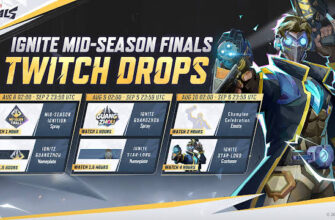In the intricate world of rugby, where brute force meets balletic grace, there`s an often-overlooked element that frequently dictates success: team chemistry. It`s the unspoken understanding, the almost telepathic connection between players that elevates a collection of individuals into an unstoppable force. Think of legendary duos like Jamie Roberts and Jonathan Davies for Wales – their synergy transcended individual brilliance, creating something far greater than the sum of their parts.
For the British & Irish Lions, this concept of “sporting chemistry” is not merely academic; it`s a critical, high-stakes challenge. With precious little time to forge these vital connections, head coach Andy Farrell faces a series of complex dilemmas as he prepares his elite squad for the impending Test series against the formidable Wallabies. This analysis delves into the strategic puzzles Farrell is currently navigating, drawing insights from the nuanced world of professional rugby analytics.
The Midfield: Farrell`s Central Conundrum
Perhaps no area of the squad presents more vexing questions for Farrell than the midfield. The recent concussion suffered by Garry Ringrose for the first Test against Australia has only exacerbated an already delicate situation. Before this setback, Farrell had seemingly leaned on existing combinations rather than experimenting, a decision that now looms large given the limited alternatives.
Two primary pairings had seen significant game time together: Sione Tuipulotu and Huw Jones (both Scotland) with an impressive 280 minutes, and Bundee Aki and Ringrose (both Ireland) with a more modest 160 minutes. Other potential midfield duos have scarcely featured, playing together for less than an hour. This reliance on pre-established but now potentially disrupted pairs means Farrell lacks a readily available “Plan B” should further injuries strike or form falter. It`s a delightful problem for any coach, one might say, if “delightful” involved losing sleep over crucial selection calls.
Complicating matters further is the anticipated 6-2 split on the bench (six forwards, two backs), with one of those backs almost certainly a scrum-half. If Aki and Jones start, the hard-running Tuipulotu might find himself watching from the sidelines. Conversely, if the Scottish duo gets the nod, Aki – a critical defensive wrecker – would be relegated to an impact role, leaving Farrell with the unenviable task of balancing aggression with existing partnerships.
The Back Row: An Embarrassment of Riches
In stark contrast to the midfield, the third row of the scrum offers Farrell an abundance of riches. Here, the Lions boast a depth chart so strong that almost any combination appears formidable. Before the tour, Ireland`s Tadhg Beirne was a strong favourite, but the dynamism and aggression of Ben Earl and Henry Pollock have since captured significant attention. Even a World Rugby Player of the Year nominee like Josh van der Flier could potentially miss out on a starting spot. If only all coaching dilemmas were so abundant in riches.
The top combination seen so far features Tom Curry (England), Jack Conan (Ireland), and Jac Morgan (Wales). Regardless of the ultimate selection, it`s clear this unit will be a cornerstone of the Lions` forward dominance.
Half-Backs: Precision and Predicaments
At scrum-half, Jamison Gibson-Park is the undeniable front-runner. Alex Mitchell is the likely backup, though the impressive performances of Ben White against the ANZAC Barbarians have certainly thrown a cat among the pigeons for that bench spot, potentially challenging Mitchell for the role.
Fly-half, however, presents a rather singular choice: Finn Russell. His flair and game management make him the undisputed first choice. The presence of Finn Smith as a deputy is noted, but with the 6-2 bench split, Smith`s chances of making the matchday 23 seem slim, unless there`s a specific tactical shift or an unfortunate injury.
The Front Row: Predictable Foundations
The selection in the front row appears to be the most straightforward for Farrell. At hooker, Dan Sheehan is expected to start, with Ronan Kelleher providing powerful backup from the bench. For the loosehead prop, Ellis Genge seems the preferred choice, having formed a robust partnership with Sheehan.
Tighthead prop sees Tadhg Furlong as the primary candidate over Will Stuart, despite Stuart having spent more time on the field with Sheehan during the tour. Curiously, Stuart has developed a strong rapport with Kelleher, a factor that could weigh heavily in his favour for a crucial replacement role.
Wingers and Fullback: A Dance of Dynamic Talent
Injuries have certainly reshaped Farrell`s options in the back three. The unfortunate absence of Elliot Daly has paved the way for Hugo Keenan to step into the starting fullback jersey. On the wings, James Lowe is a strong favourite for one flank. Despite his recent hat-trick heroics, Duhan van der Merwe faces an uphill battle to displace Lowe from the starting XV.
The other wing spot is a tight race between Tommy Freeman and Mack Hansen, with Hansen`s consistent progress making him a strong contender for a starting berth in one of the Tests. On the bench, the versatile Blair Kinghorn holds a distinct advantage. His ability to cover winger, fullback, and even fly-half makes him an invaluable utility player, likely securing his spot over specialists like Marcus Smith.
As the final squad announcement looms, the depth and array of options available to the British & Irish Lions are undeniable. However, the true test will be how Andy Farrell masterfully balances individual brilliance with the elusive, yet critical, element of team chemistry. The “curse of combinations”—where a lack of cohesion undermines raw talent—remains the ultimate challenge. Rugby fans eagerly await to see if Farrell can weave his selections into a tapestry of seamless synergy, or if the intricate threads will snag under the pressure of the Australian tour.

